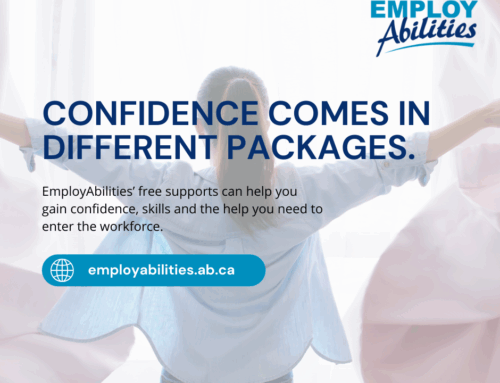
Learning disabilities affect the acquisition, organization, retention, understanding and/or expression of information. Examples of learning disabilities include attention deficit disorder and dyslexia. People with learning disabilities might have trouble with reading, writing and math, memory or perception, speech or language, attention and/or hyperactivity. Remember that each person with a learning disability is affected differently.
Tips for Interaction
Remember that people with learning disabilities are people first. It’s important to focus on and appreciate their unique strengths and learning styles. Ask them how they learn best and try to use that method.
Try to get the individuals attention before speaking to them. Explain instructions carefully and simply, breaking them into small steps. Ask them to repeat the instructions back to you to make sure communication has been clear. If you need to repeat the instructions back to the individual to help them remember them.
Be approachable and understanding if accommodation is needed in the workplace. Help the individual by developing work-related strategies that will enhance their success. Provide structure, consistency, be patient and give lots of feedback!
Assistive Technology
There are some technological devices available today that enable individuals with learning disabilities to maximize their strengths in the workplace.
Typing and Writing Software: Designed to aid the process of entering information into a computer through the use of tools such as phonetic spell check and advanced thesaurus.
Screen Reader: Designed to convert information on the computer screen to audible spoken language. They are designed to work with most software packages.
Voice Recognition: This technology allows the user to control the computer and to input text using the voice.
For more information on working with people with learning disabilities please contact WORKink Alberta at 1-866-945-4633 or email workinkab@shawns25.sg-host.com.





